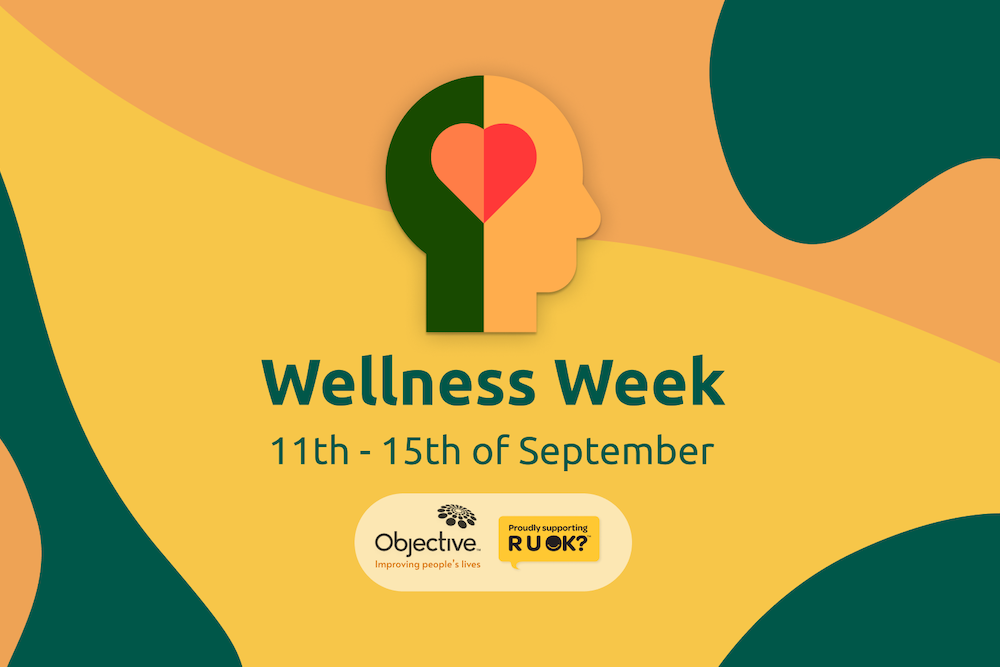What are the tips for planning a mobile diary research project?
1. PROJECT SCOPING
The first step is to scope out project objectives with the client, identify the target audience and plan out the tasks that need to be completed. Some questions to consider include:
- What are the attitudes or behaviours we hope to track?
- How does usage behaviour change? (weekdays vs weekends)
- How long should the tracking be to capture habits?
- How varied should the target profile be? i.e. age, working vs non-working adults, family with kids vs no kids etc.
- Identify the medium that the diary study will be conducted on. Is it a new app that participants will need to learn or will it be through everyday messaging apps? [Tip: Try to use something that the participant is familiar with and is widely used in the market that the research will be conducted in. This will prevent drop-outs and avoid time-wasting by having to teach participants to use a new app.]
Setting clear goals and scoping the research objectives helps to break down the tasks that the team needs to design for mobile diary participants to ensure that we meet those objectives.
2. PROJECT SET-UP
Next up, work out what your strategy will be in terms of pushing out tasks to be completed by participants.
- All at once – where the tasks are delivered in one go, right at the start of the dairy study. This is often the preferred methodology where the timing or sequence of tasks isn’t that important.
- Scheduled – This means that the tasks are released to the participant at a predefined date and time. This is powerful when you want to maximise the in-the-moment capabilities of mobile diary studies.
- Sequential – This process releases tasks only when the last one has been completed. It allows the researcher to have much more control over the journey of the participant and to provide more hand-holding if the participant requires it.
Once you have decided on the task strategy, you can proceed to draft the task guide. Some tips to note.
- Remember the medium – the participants will be seeing these tasks on their mobile phones, so be mindful of how much scrolling it might take for respondents to actually read the task. So, keep it short and succinct!
- Try and send across instructions for the tasks to be completed in a one-pager step-by-step image instead of attaching a file, most participants won’t bother reading it. Remember, they are leading busy lives too!
- Include pictures where possible to aid participants in understanding what is required of them.
- Participants will have to remember the questions asked while recording that video or uploading that photo, so don’t ask too many questions per task. You can follow up with the questions after they have completed their tasks.
- Arrange for a way for you and the client to track the progress of each participant and if they have completed their tasks. This could be through Trello, MIRO, or other PM tools.
3. RECRUITMENT
Next is to ensure we are getting the right people for the study. This is not just about getting people who are willing to take part, it is about getting a good representative group, who fit your target demographic or segmentation and who is going to provide you with genuine insight.
During recruitment, be very explicit on the following:
- What the purpose of the study is
- What you need them to do
- How long it will last and how often they need to engage
- How much time it will take them to complete their tasks
- How much they will get paid and when
Ensuring Respondents are aware of what they need to do and clearly briefing them up front (ideally by phone during the recruitment phase) will ensure that they are fully aware of what is expected of them. It will also help when you need to chase the ones who are slow to respond or not following instructions.
4. DURING FIELDWORK
The first 1-2 days after fieldwork commences is very important. During this period, the moderator will have to:
- Quickly build rapport with the respondents
- Decipher their communication preferences i.e text, voice notes, calls etc and be agile enough to accommodate if necessary.
- Understand the cultural context and lifestyle of the participants i.e. response rates and times
- This is also the time where the moderator has to assess if the recruited participants are suitable and if not, make a call together with the client to replace the affected participants.
Keep your diary study interactive and conversational by using comments and probes to follow the insights and dig deeper into what you are observing. Ensure that the language you use resonates with participants, do not be too formal. Instead, be casual and treat the interaction as any other text conversation.
[Tip: Check-in regularly with your client on follow-up questions or clarifications (if any) to ensure that whatever that needs to be addressed is done and with time for sufficient follow-up.]
5. POST FIELDWORK
Arrange for a debrief with your client to highlight findings, share feedback and iterate on possible improvements for the next project.







